The appearance of a product is extremely important to buyers; packaging, as the product’s external feature, attracts the attention of most customers at the time of purchase and acts as a link between the producer and the consumer. Saffron packaging significantly shapes customers’ purchasing choices, enabling product identification and distinction, providing a competitive advantage, and serving as a compelling tool to influence buyer decisions. Researchers believe that 70% of buyers decide which product to choose at the time of purchase, and the first three seconds of product introduction to the customer are golden moments to attract the buyer’s attention. In this context, the color, design, and style of packaging can play a significant role in the buying process. Packaging that aligns with the tastes and preferences of consumers leads to increased sales and customer satisfaction. Additionally, due to the high price and luxury nature of this product, suitable packaging can have a significant impact on preserving its aroma, color, and quality. This rule applies to all products, but when it comes to food, packaging goes beyond presentation and marketing. Proper packaging of food items is crucial for maintaining their quality and preventing spoilage or damage. Below, we discuss saffron packaging and its types, as well as the standards that must be observed for packaging this valuable commodity beyond mere variety. Stay with us.
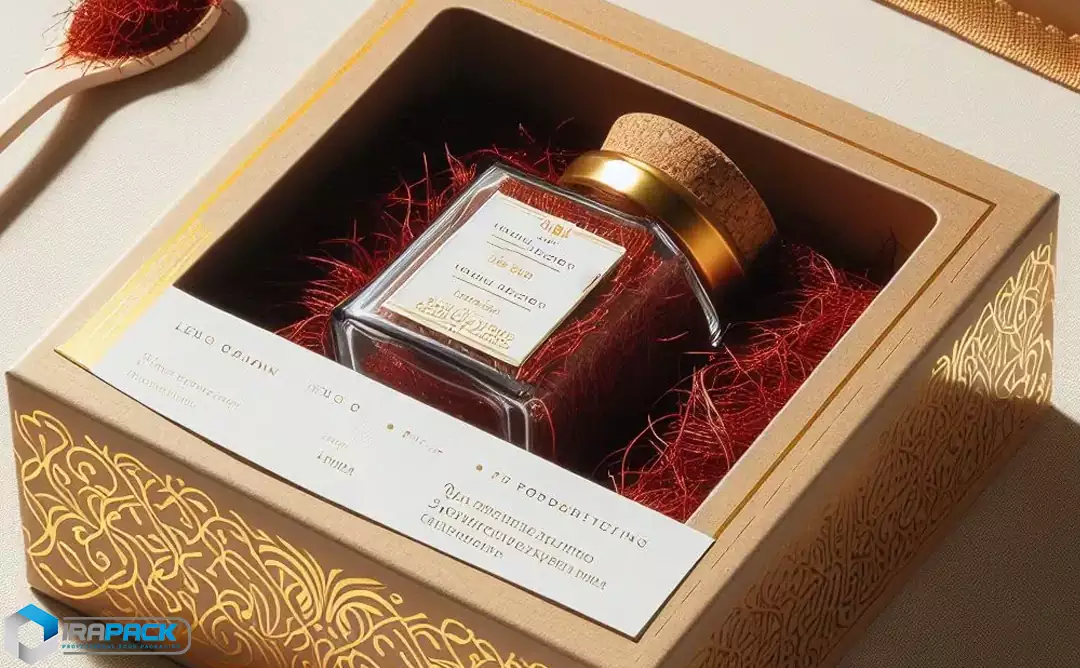
Why Saffron Packaging Matters?
Packaging functions as both a protective shield and a marketing tool. It ensures the product remains safe during transport, handling, and storage while also conveying essential product details to buyers. Effective packaging protects saffron from external threats like moisture and temperature fluctuations, offers size and weight options, and facilitates easier handling. In today’s competitive markets, creative packaging that uses distinctive colors, shapes, and materials helps forge a connection with customers and builds brand identity. It’s essential for designers and marketers to focus on meeting the preferences and expectations of consumers.
Due to saffron’s delicate and costly nature, saffron packaging must efficiently preserve both its quality and nutritional benefits. In addition to its culinary uses, saffron is widely valued for its therapeutic benefits, underscoring the importance of packaging that effectively preserves its potency.
An ideal saffron package should shield the product from physical, chemical, and biological damage while extending its shelf life. The visual attractiveness of the packaging significantly contributes to how satisfied customers feel.

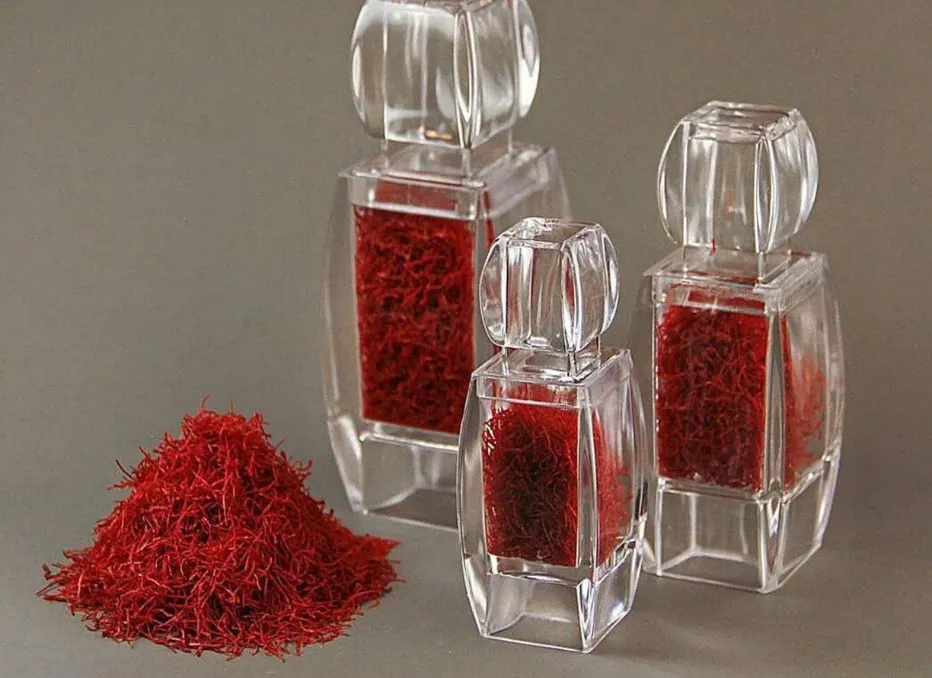
Benefits of Proper Saffron Packaging
- Quality and Nutrient Preservation: Saffron’s sensitive components degrade when exposed to light, air, and moisture. High-quality packaging mitigates these risks, preventing oxidation and spoilage.
- Extended Shelf Life: Professional packaging can significantly prolong saffron’s freshness, allowing it to be stored for years without losing potency.
- Visual Appeal: Attractive packaging enhances saffron’s presentation, making it more enticing—especially important for gifting.
- Physical Protection: Durable packaging prevents damage from shocks, impacts, and pressure during handling.
- Simplified Logistics: Well-designed packaging makes transport and storage more efficient.
- Customer Attraction and Sales Growth: On crowded international shelves, packaging is the first interaction point with customers. Creative designs, appropriate colors, and clear product details increase the likelihood of purchase. Packaging also elevates perceived product value. Utilizing rich colors like gold and red, alongside striking visuals, can captivate buyers.
- Brand Identity: Packaging offers a unique platform for brand expression through logos, corporate colors, and tailored graphics, helping a product stand out in the market and remain memorable. Traditional motifs, for example, can strengthen brand distinctiveness.
- Added Value: High-end packaging can command a higher price, as buyers frequently associate the quality of the packaging with the value of the product itself.
Ultimately, packaging can serve as a powerful tool to boost saffron sales and establish a competitive advantage, reassuring buyers about product quality and durability.
Packaging Shapes
Products often come in various shapes, and packaging typically consists of two layers: inner and outer packaging. The outer packaging, which houses the product, plays a critical role in attracting customers and is sometimes dubbed the “silent salesman.” Innovative packaging designs also contribute to enhanced product durability. A thoughtfully crafted package prioritizes consumer convenience by ensuring ease of opening and closing, as well as simple storage. Offering a range of package sizes further enhances customer satisfaction.
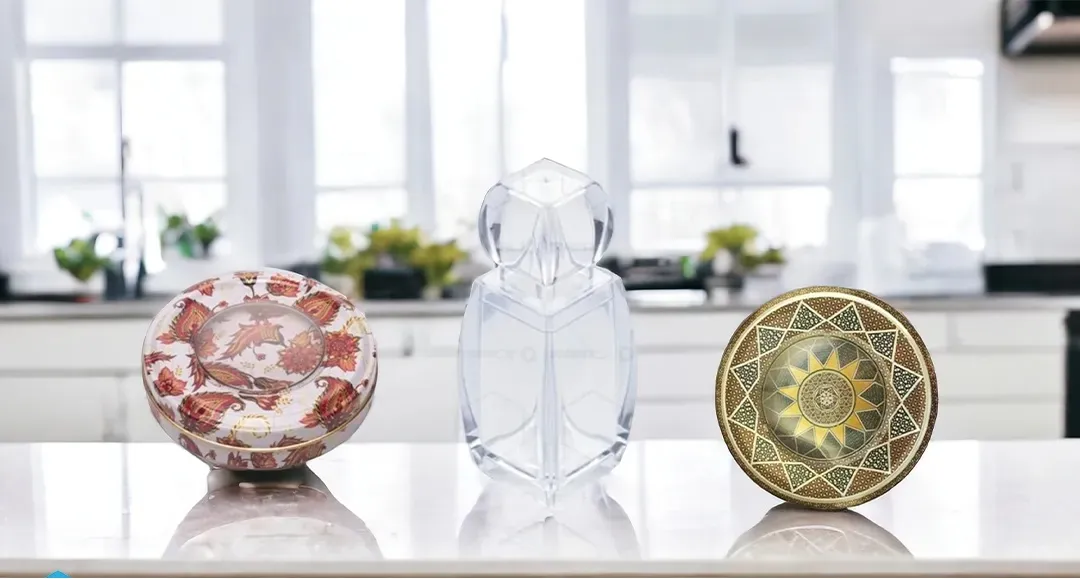
Packaging Colors
Colors profoundly influence buyers’ psychology and carry different meanings across cultures. They evoke emotional responses, which can be either positive or negative, based on societal norms. From an aesthetic standpoint, products with appealing color schemes and patterns on their packaging are more favorably perceived. Choosing colors that resonate with target audiences and differentiate the product from competitors is key. Beyond the main color, colorful typography and graphics on packaging can further captivate consumers. A harmonious blend of hues, aligned with brand logos and product identity, subconsciously conveys the right message to buyers.
Types of Saffron Packaging:
To maintain saffron’s high quality and nutritional integrity, strict packaging standards must be followed. The common packaging options include:
- Glass Containers: They are excellent for maintaining saffron’s freshness, as they shield it from light, air, and moisture, which helps prevent oxidation. Available in various shapes and sizes, glass jars also serve as attractive gift packaging.
- Metal Containers: These are sturdy and protect saffron from physical damage while preventing environmental exposure. Metal packaging is particularly suitable for long-distance shipping and rough handling.
- Plastic Containers: Durable and protective against impact, though plastic can absorb moisture, so only high-grade plastics should be used.
- Paper Packaging: Economical and convenient for retail, though paper alone is permeable. For saffron, paper pouches lined with aluminum are advised to help preserve its quality and prevent deterioration.
Beyond the packaging material, offering a range of sizes and weights is important to meet the diverse needs of consumers, from small portions for home use to bulk sizes for commercial purposes.
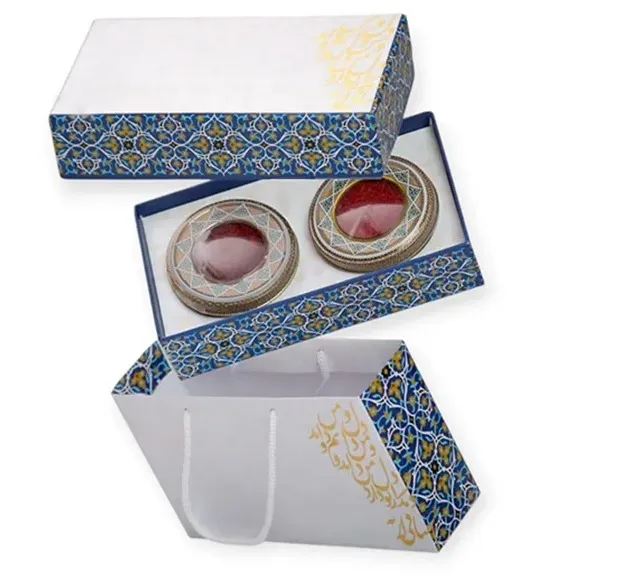
Key Packaging Standards
Following key standards is crucial to preserving the value of saffron:
- Use of premium raw materials that protect product integrity.
- Employing appealing colors and designs that align with consumer tastes.
- Inclusion of complete product information such as name, weight, production and expiry dates—signaling brand credibility.
Manufacturers who emphasize packaging quality demonstrate commitment to customer satisfaction.
Final Word
In conclusion, when purchasing saffron or gift sets, alongside quality, pay careful attention to the type of saffron packaging, especially to ensure that the package weight, packaging type, storage, and transportation methods align with your needs and living conditions. For example, glass packaging is the best choice in areas with high humidity.
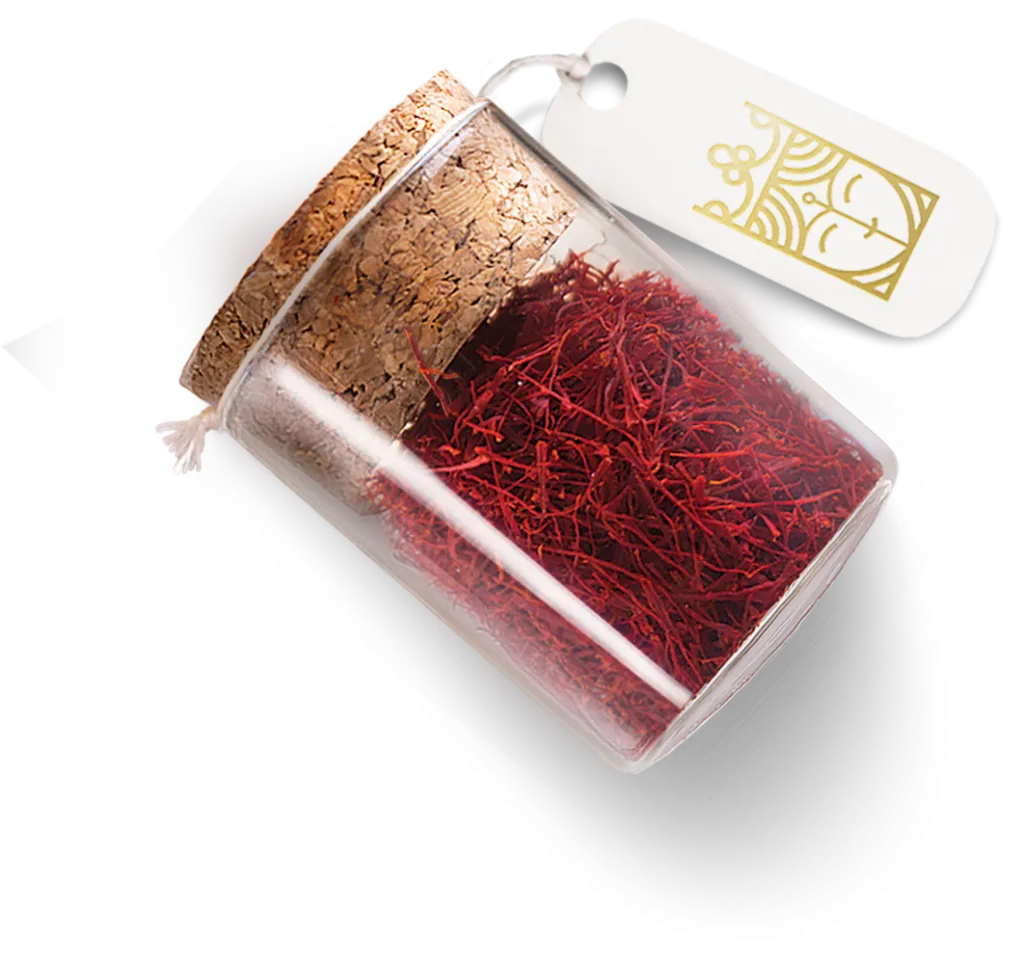
"If you're looking to elevate your saffron brand or ensure your personal saffron purchase is as premium as the product itself, don’t underestimate the power of exceptional packaging. Explore our range of high-quality, stylish saffron packaging solutions designed to preserve freshness, enhance visual appeal, and boost market presence. Whether you're buying for yourself or selling to the world—make your saffron stand out.
➡️ Discover our packaging options today."